3 Top Hikes around Athens
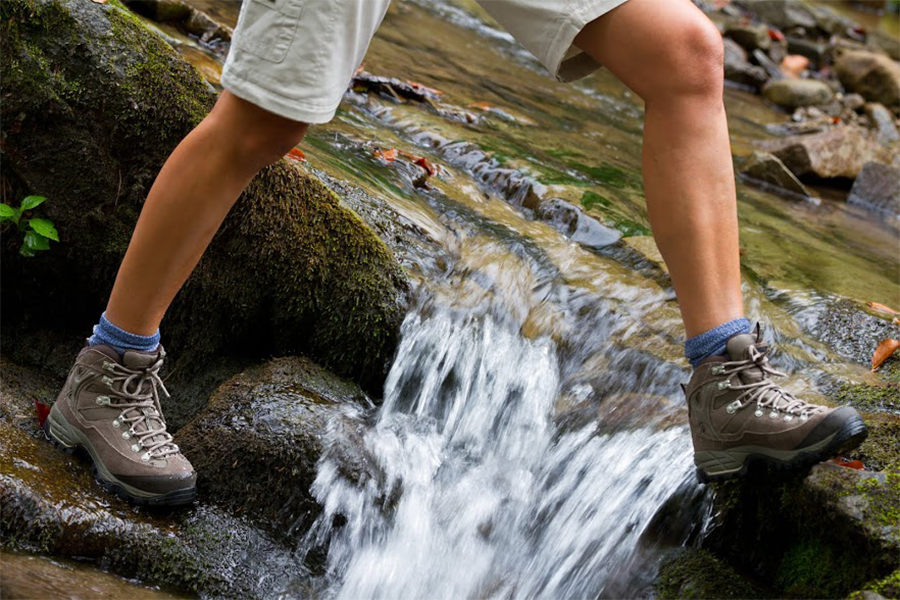
Athens may seem like a concrete jungle sometimes. But it’s a city framed by hills and mountains. All of them harboring magnificent fauna and flora (there are 140 recorded species of wildflower alone) – plus the odd archeological marvel! There’s simply no better time of year to hit the trail and explore the capital’s rich natural wonders (while we wait for those seas to warm up a degree or 10!). Here are Insider’s 3 favourite Athens routes where you can escape to a heady world of nature, fresh air and wildlife, just minutes from the urban hustle.
Sounion National Park
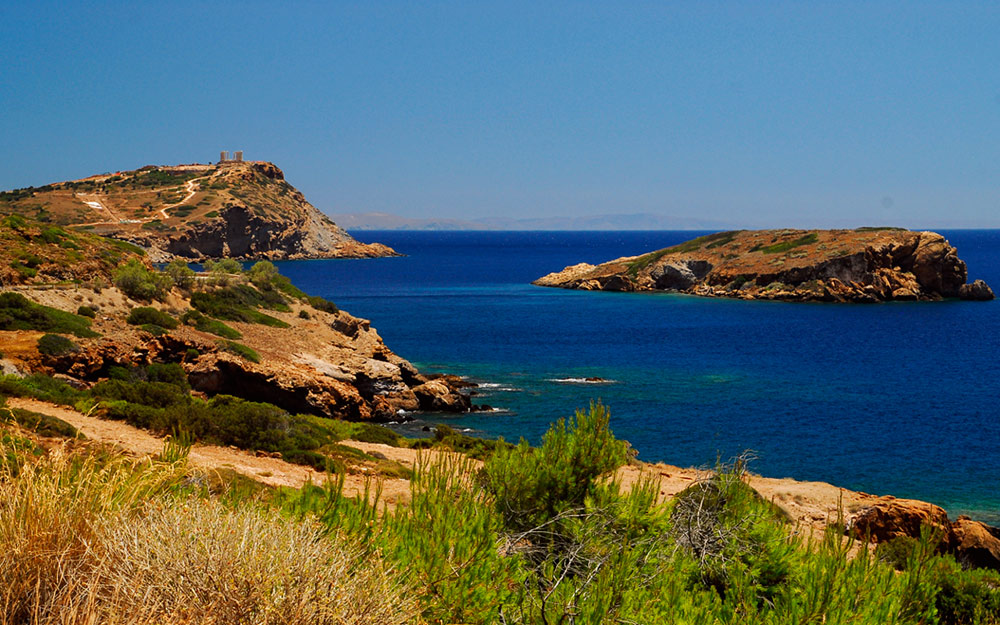
Hiking at Cape Sounion
Cape Sounion is famous for Poseidon’s mighty temple – and, of course, its cinematic sunsets. But not everyone knows that Sounion is also home to the spectacularly scenic National Park, boasting sublime coastal views and archeological riches.
Lying about 50 km south-east of Athens, this lush wedge of Attica has been inhabited since palaeolithic times, and the Sounion National Park hosts relics of ancient silver, lead and zinc mines, as well as cave fossils unique to the whole of Greece.
A magnificent and easy trail can be enjoyed right in the heart of the park. You’ll see the impressive gulch of Chaos, the tunnels of the iron mines of the 20th century, and the washing plants of the ancient mines of Lavrion, (which raised Classic Athens to a wealthy superpower). The trail starts near the Agios Constantinos village, where there is usually parking space available. Initially, the walk surrounds the dramatic Chaos gulch, a collapsed ancient cave with a perimeter of roughly 500m and steep cliffs reaching 70m. Look carefully and you’ll see ancient mining tunnel relics (in which thousands of slaves toiled to dig out the precious materials – many perishing inside the tunnels also!).
The trail continues briefly on tarmac. From there, the view opens, and you can see the city of Lavrion and its port, as well as the islands of Makronisos and Kea (Tzia). A little further down, the trail continues on the old road of the 20th century mines. You’ll view the dramatic sight of numerous extractions of the “modern” mines that were in-use between 1864 and the end of the 20th century. The path crosses the main road once more to arrive at some old miners’ houses, now in ruins.
Using the same old road, the path arrives at the church of Agia Triada, where you can refresh your thirst with natural spring water. From Agia Triada, a dirt road leads to the ancient mines’ washing plants and tanks where slaves once separated valuable material from scrap.
Some 2 km north of Agios Konstantinos, near the peak of a rocky hill, you will also find Kitsos cave, inhabited during the Palaeolithic and Neolithic era, about 40,000 years ago. Archaeological finds include obsidian from Milos, ceramic moulds for silver, and a copper pin dating over 7,000 years. More recently, the cave was the lair of Kitsos, a famed bandit and bodyguard of Serpieri, who raided the region around 1860.
Finally, north of Poseidon’s temple are the rocky outcrops of Mavro Lithari and Vasilopoula, that are also worth exploring. During bird migration period, in Spring and Autumn, you’ll encounter many birds of prey in the region.
Hymmetus (Ymittos or Imittos)
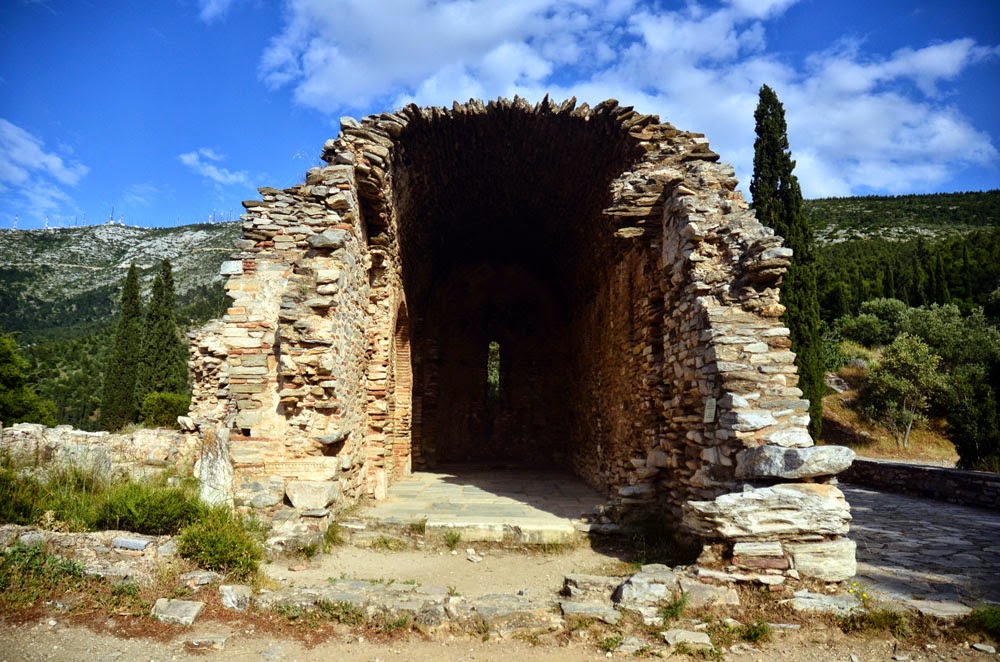
Immetos tunnel
Less than a quarter of an hour’s drive from downtown Athens, await the walkable delights of Mount Hymettus, a pine-clad elevation famous for its thyme-scented honey, impressive caves, historic monasteries and many marked footpaths. During your ascent, you’ll be rewarded with a stellar view: the port of Piraeus on one side; the Athens airport on the other.
Hymettus is also a formidable birdwatching area, attracting abundant bird species. One good way to explore the mountain is to take a five-minute bus ride from the gates of Panepistimioupoli (University City) on Oulaf Palme Street in Ilissia, and let it drop you off just a few meters away from the Ring Road that separates Hymettus from the university campus. Cross carefully from below the ring road, and you’ll find yourself at the base of a huge green mountain with its footpaths and deserted old churches. There are paths marked with concentric circles as you climb that will take you all the way up to the antennas – a walk of about two hours.
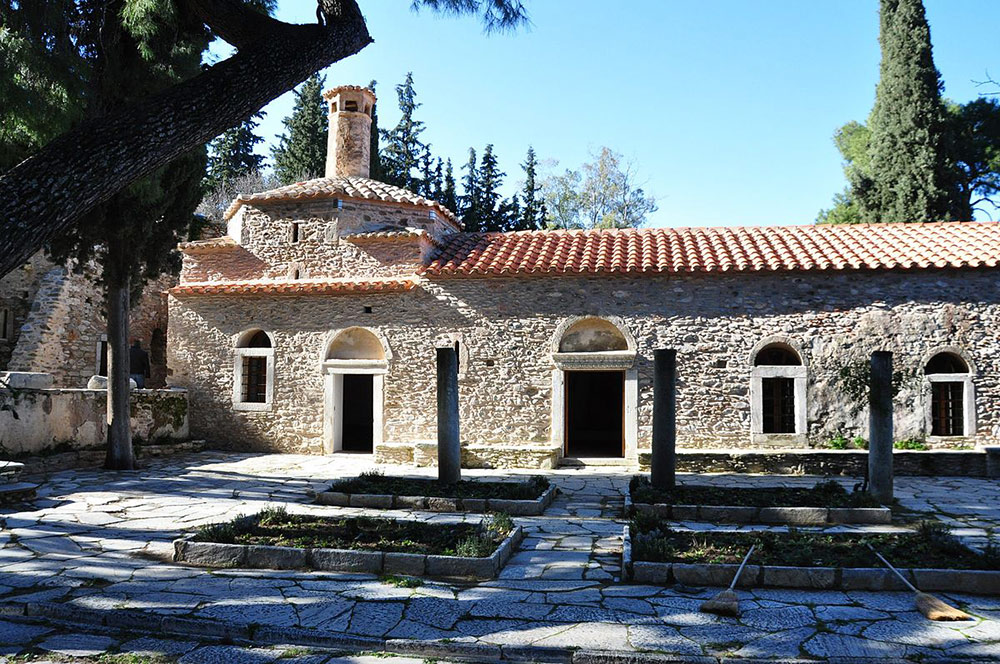
Kaisariani Monastery
Top Tip: Kaisariani Monastery (or Moni Kaisarianis) is an excellent starting point for a hike on Mt. Hymettos since it has paths that lead to the forest from the monastery. This beautiful 11th century Eastern Orthodox monastery, built over the ruins of a Roman temple, is perched on the woody slopes of Mt. Hymettos just 5km east of the city and its lavish scenery makes it a popular spot for picnickers, especially on weekends. Above the monastery you will find the source of the River Ilissos, which in ancient times was believed to cure sterility and which people still visit today for its sacred qualities. (Water still flows from an ancient marble ram’s head fountain on the monastery’s eastern flanks.)
Mount Parnitha
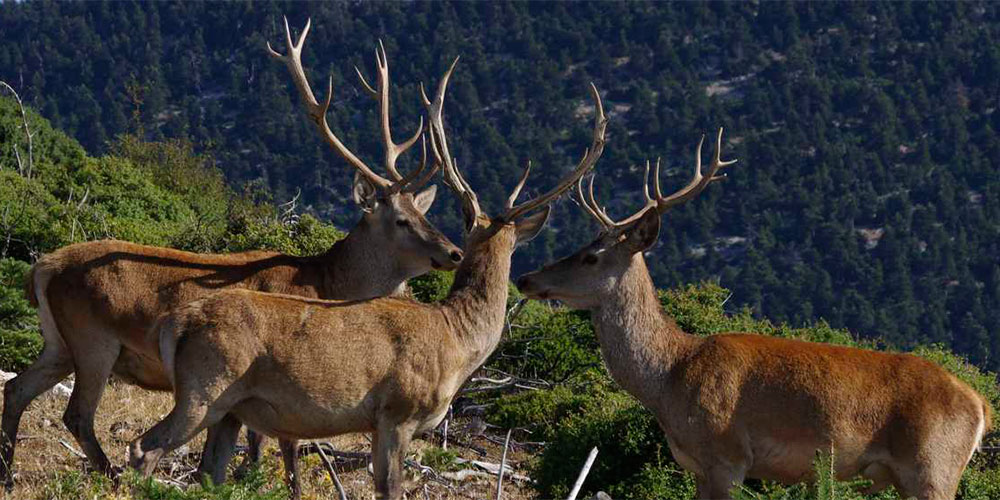
Deer sightings on Parnitha
The mountain bulge of Parnitha, located 35km from the city centre, to the north of Athens, is Hiker’s Heaven. One of Attica’s most popular alpine destinations, Parnitha offers up a vast network of tracks and paths within its National Park (catering for many altitudes, ages and abilities); rich flora and fauna; and majestic views. You’ll admire Mount Aegaleo to the south, Penteli to the southeast, and dizzying sea views from the various summits.
You can wander for hours amid the beautiful and relaxing landscape of fir and pine forests – and if you’re lucky, even encounter a few deer. Although the mountain is close to urban Athens, 42 types of mammals, about 1100 types of plants and many bird species have been identified within the National Park.
There are also two mountain shelters serving up cosy alpine ambience, dining and refreshments: Bafi (managed by the Athens Alpine Club) and Flabouri (managed by the Acharnes Alpine Club). Bafi does delicious homemade dishes like bean soup and stews, which are best enjoyed by the fireplace with a hot chocolate, rakomelo (traditional spirit served hot with honey) or wine. You can book to stay overnight at either refuge if you want to make the most of your mountain sortie.
A guide called Footpaths of Mt. Parnitha outlines the 75-odd walking paths well. Here’s the most popular:
Mont Parnes – Bafi Refuge: take the scenic cable car up to Mont Parnes Hotel (an unmissable part of the Parnitha experience!), then follow the easy 3-km route to the Bafi Refuge. From there, you can walk to the Flambouri refuge, the spring of Skipiza, Mola, or the base of the cable car. Keep an eye out for the red rhombuses and squares to show you the way.
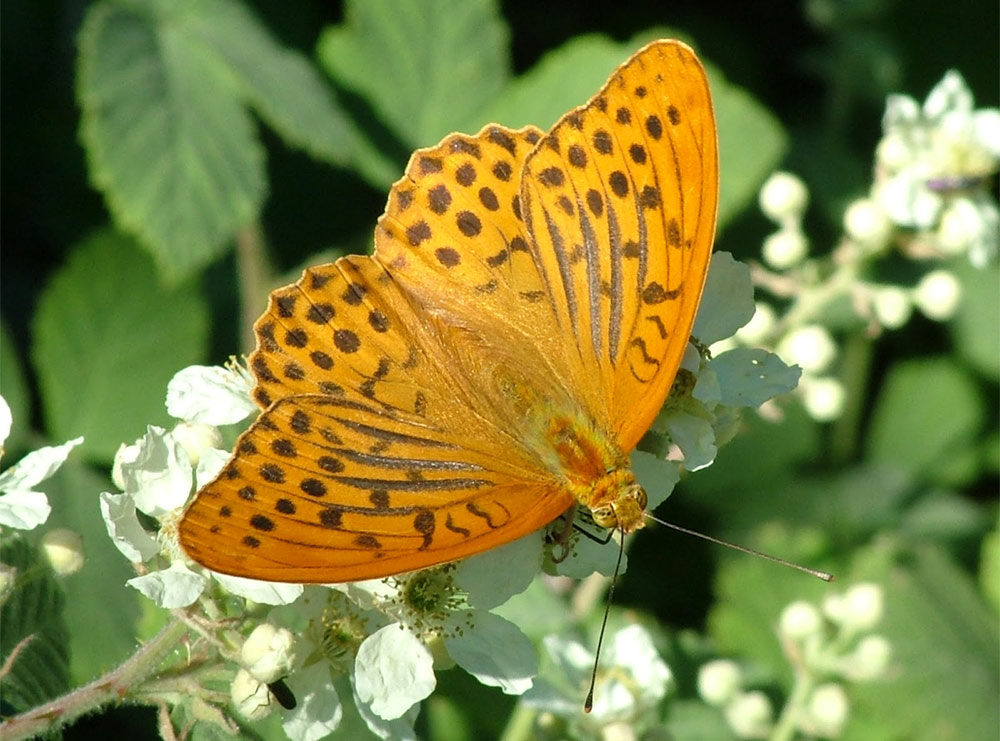
Helpful sites for Hikers:
www.eosathinon.gr (Hellenic Alpine Club of Athens)













